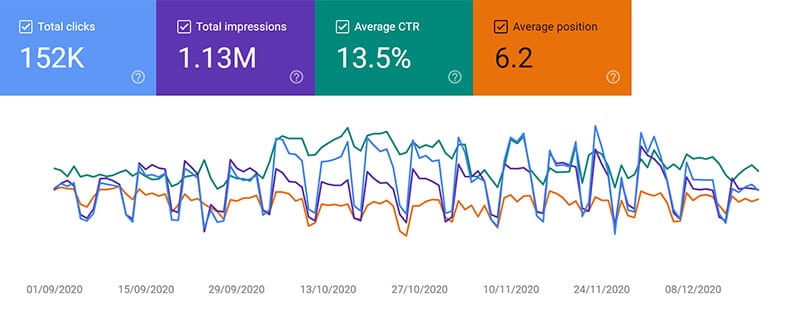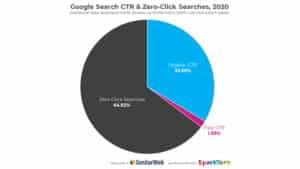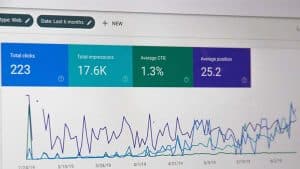SEARCH ENGINE OPTIMIZATION
How to Monitor Your Organic Search Rankings?

Discover how to monitor your organic search rankings and how to understand and analyze the data to put an action plan to improve your website ranking on the SERP.
“Why don’t we rank first for [keyword]”? Every SEO analyst gets this question. And every business investing in SEO uses keyword rankings to judge performance.
Despite the flood of “organic rankings are dead” articles in recent years, I have yet to see a single business or agency that has given up on tracking keywords.
So are all those articles wrong? Or is everyone paying attention to the wrong metric? What makes sense when it comes to rank tracking in 2021 and beyond?
Monitoring rankings still makes sense—even though it’s gotten a lot harder.
SEO is one tiny piece of the larger marketing puzzle. It’s about making your site accessible to a search crawler and, in turn, easily discoverable for users.
While improved rankings don’t necessarily translate into more traffic (or conversions), it’s easy for down-funnel metrics like engagement or leads to seem beyond the scope of your work, or at least secondary. Your job as an SEO, you think, is to help a site show up higher in results—if you’re good at your job, the site will rank higher.
How to Monitor Your SEO with Analytics?
Being able to prove value, of course, requires being able to measure progress. That’s gotten more difficult—and not just because of “(not provided).” Google has been advancing its search algorithm for years, introducing personalization, localization, multi-format search elements, and 0-click SERPs.
At some point, knowing your actual organic positions became not merely ineffective (i.e. higher rankings didn’t lead to more leads and sales) but also almost impossible:
* How can you even determine your page’s current search position if you—or your preferred rank-tracking tool—displays a different set of search engine results than what your target audience may see?
* How, then, can you evaluate the effectiveness of your SEO campaign? How do you know if SEO efforts are paying off if you can’t tell whether your positions are improving?
The solution is data blending—combining several datasets to create a new dataset that can deliver confidence in how your rankings are trending, even if absolute, pinpoint accuracy for your rank for a given keyword remains forever elusive. (After all, if different people get different results, there is no single rank.)
What are the best Ranking Data Providers?
When it comes to rankings, we have a few sources that provide reliable data:
1) Google’s own tools (mainly Google Search Console).
2) Third-party rank trackers that have successfully bypassed barriers like personalization and localization.
3) Third-party web analytics platforms that still show search-query data.
Using several data sources and blending the data will get you closer to assessing the value of your SEO work.
What are the Best Ways to Use Multi Sources Data for Ranking Monitor?
1) Use a third-party tool to compare and trend GSC data.
2) Reconnect keyword data to on-site behavior.
3) Identify and improve the performance of high-ranking keywords that drive few or no clicks.
Read more here.
[optin-monster slug=”em8z7q6hga9elmy1dbgb”]





